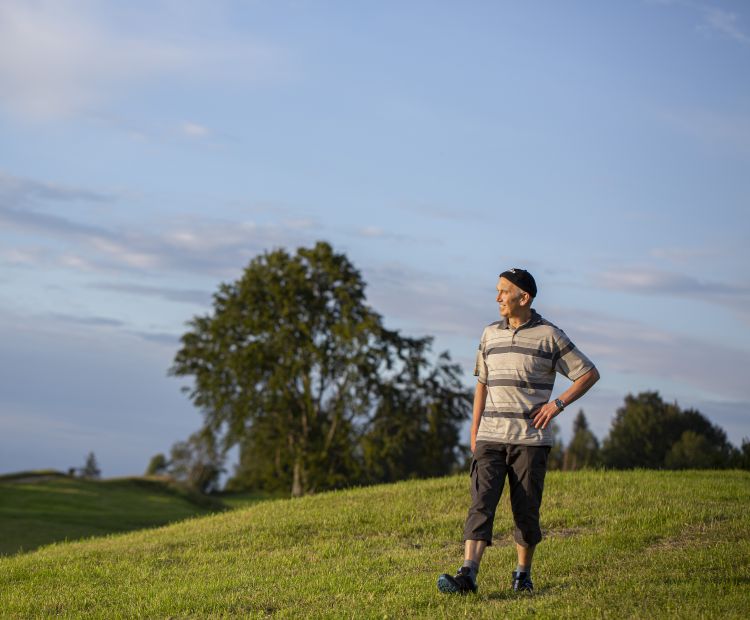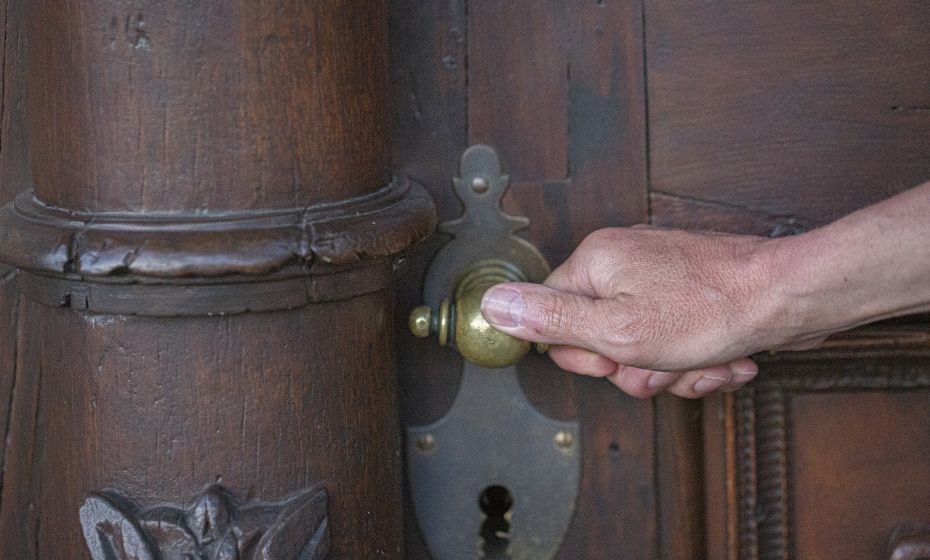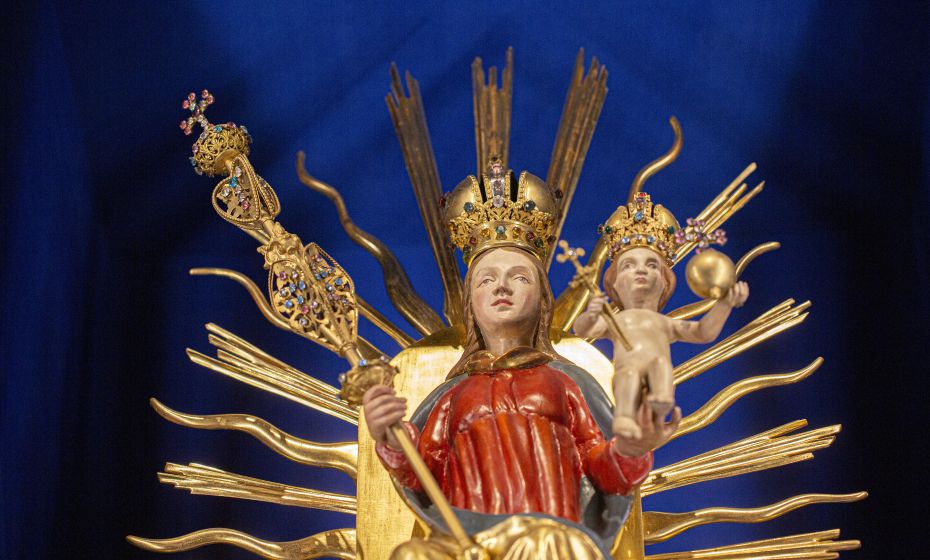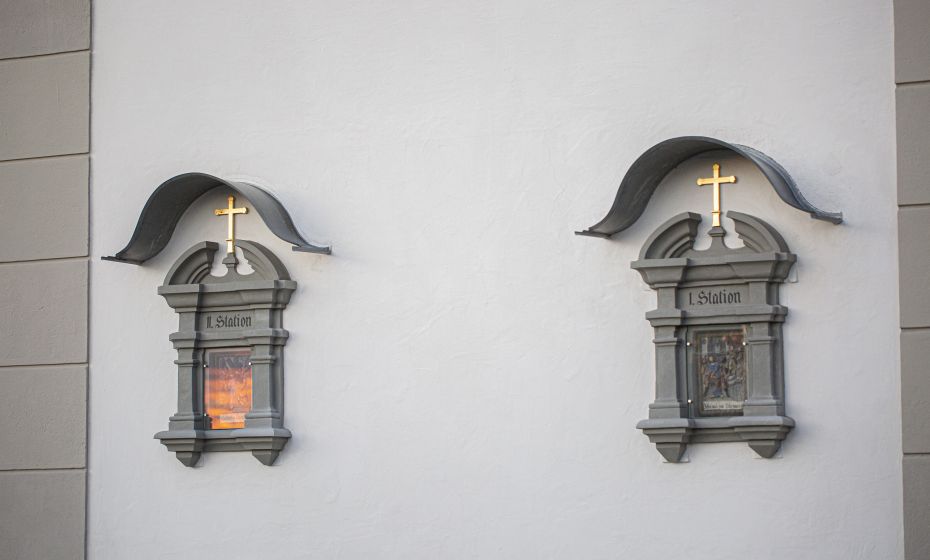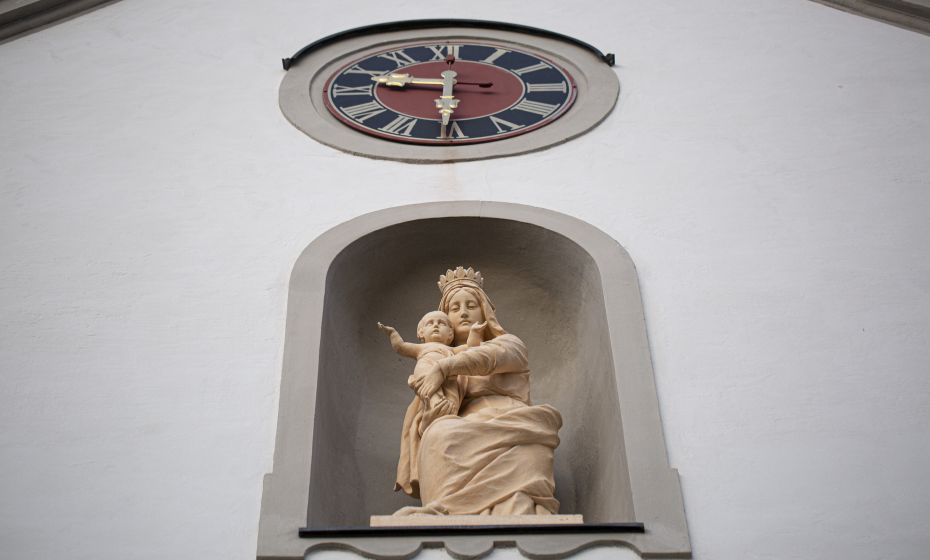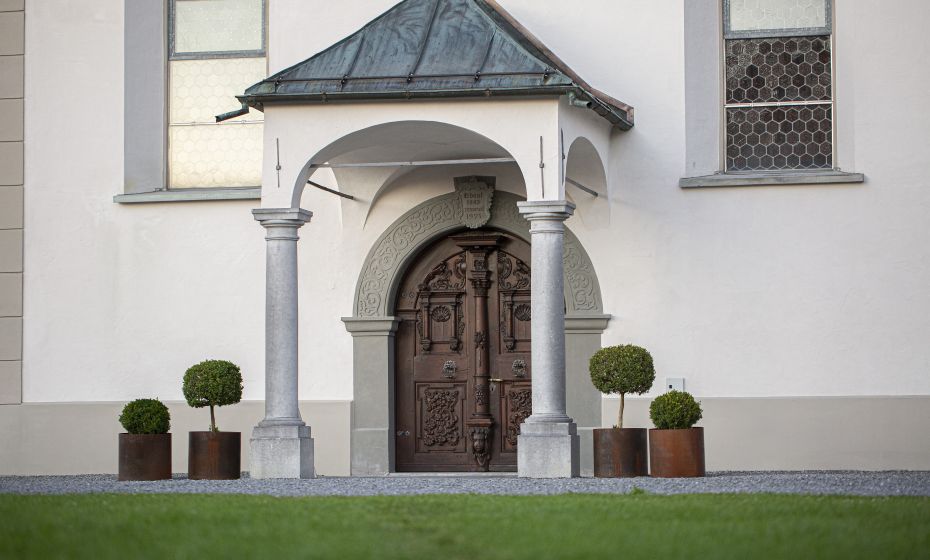Pilgrimage has become so popular again over recent years that some of the ancient pilgrim routes are literally overcrowded. Those who’ve already walked the route to Santiago de Compostela will know about that but – in spite of all the hardships – it seems that many people are unable to tear themselves away from the idea of travelling the ancient roads.
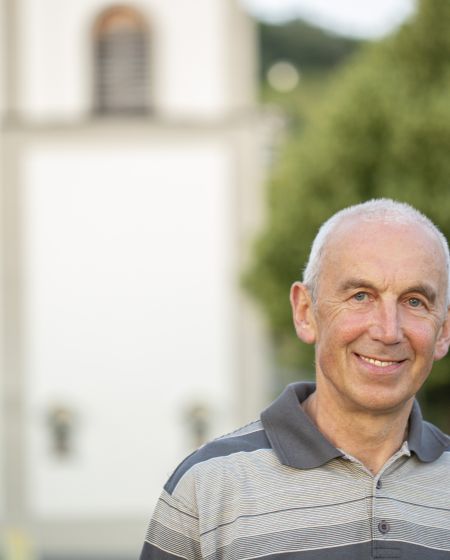
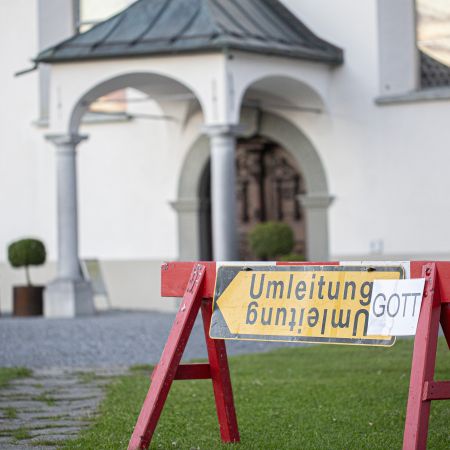
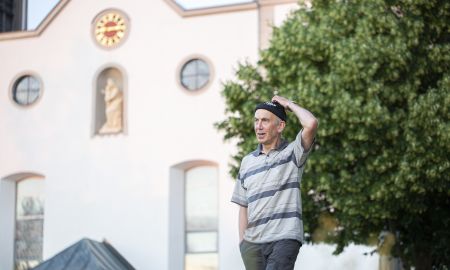
Father Paul Burtscher also took some time out for around four weeks to practice an ancient religious rite before assuming his tenure as parish priest in Bildstein. That was in 2008 when he set off from Saint-Jean-Pied-de-Port at the foot of the Pyrenees and walked around 800 kilometres to Santiago de Compostela. He was born in Fontanella after the avalanche catastrophe there, which had claimed the lives of his two older brothers. He initially took over the parish in Gaschurn after completing his training where he was asked by Benno Elbs, the pastoral office director at the time, to set up a department for spirituality. They called it ‘Spirituelles Leben’ (‘Spiritual Life’) and decided, among other things, to incorporate the rediscovery and visualisation of the old pilgrim routes in Vorarlberg as a possible way of creating an everyday retreat.
“Pilgrimages used to be for a specific purpose, either for penance or to fulfil a promise or to underline a request. Pilgrimages were always associated with destinations, they took you to a place where a mass was then celebrated. But it’s more about the journey these days – walking, winding down, returning to oneself. The destination has become less important,” says the experienced pilgrim, who has, since then, always incorporated walking stretches of the Camino de Santiago into his annual schedule. But with shorter distances now so that he still has time to help his elderly parents. He already knew as a young man that he was drawn to a social calling and he became interested in both people and philosophical questions. Now he presides over one of the most beautiful churches in Vorarlberg – and he’s in charge of the parish in Schwarzach. Bildstein was already a famous place of pilgrimage in the Middle Ages; it’s beginnings are to be found in the promise by a clever farmer who swore to build a chapel dedicated to the Holy Mother if he and his family should survive the turmoil of the Thirty Years’ War unscathed. She appeared to the farmer’s two young sons to remind him of his promise. He hastened to build the chapel in the place indicated by Mary. The Marian apparition led to pilgrimages, which then made it possible to erect the early baroque church, its foundation stone was laid on the site of the chapel in 1663.
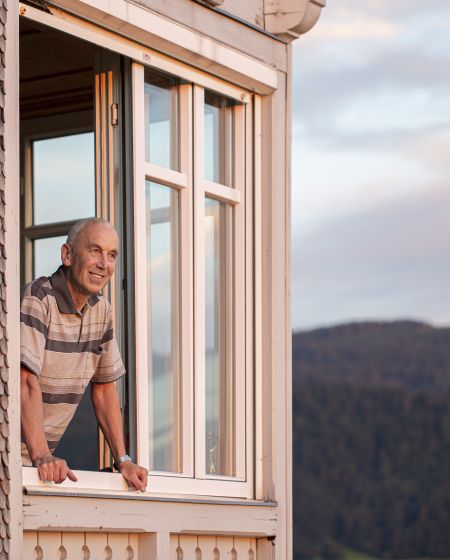
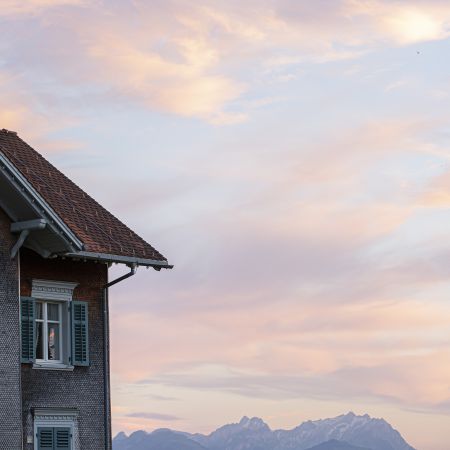
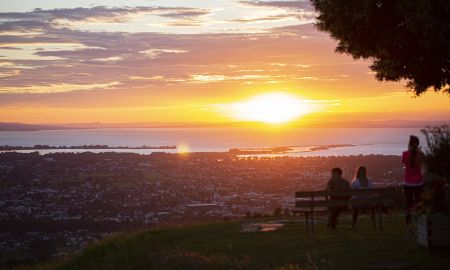
The Roman Catholic parish and pilgrimage church of Bildstein is located at the centre of the village, it presents a view of the entire Rhine Valley and Lake Constance from the forecourt. It was awarded the honorary title of Basilica Minor in 2018.
The rectory, where Father Burtscher lives and works, is also of historical importance. “We welcome around 100 pilgrim groups a year, which is a lot,” said the priest while drawing attention to the fact that he always answers his doorbell…
“We do feel that Bildstein is a particularly attractive place, precisely because it’s remote and quiet. People, of course, used to come to attend mass but nowadays people tend to travel here to see the empty church. We own a miraculous image from 1390 and since the renovation in 2017 the church interior is particularly beautiful. Some groups don’t even think it’s necessary to get in touch with me because the present-day desire for autonomy means that pilgrims don’t feel they have to.”
But that doesn’t bother the well-read priest because he’s understanding of all types of pilgrimage – even when the cyclists on their electric mountain bikes only stop off briefly to find a little space for their spiritual needs before continuing with the next stage of their tour. A revitalised route has been taking visitors from Wolfurt to Bildstein since 2012 – that was when the 500th anniversary of the founding of the Wolfurt parish was celebrated with the opening of the ICH BIN (I AM) trail. Architect Herbert Albrecht designed the steles on which the ‘I am words’ from the Gospel of John have been written to give people something to contemplate while they’re on the road. Paul Burtscher certainly recommends reading for pilgrims, the Psalms, for example, Rainer Maria Rilke or similarly edifying writings. Good inns and restaurants are also part of a pilgrimage because body and soul both need to be well nourished. That’s why restaurants were quickly established along the pilgrim routes to provide sustenance to weary travellers. That has not changed to this day.
What is the most important thing he learned on his travels on the road? “Trust,” says Paul Burtscher. “The unexpected awaits on the road. It’s impossible to plan for everything ahead. You must be able to endure fatigue and pain, cold, hunger and uncertainty. And that – although it may be uncomfortable – does us good. These experiences teach us to start to trust more again – that we’ll find a kitchen and a warm bed somewhere in the end. That pain will not harm us and that slowing down is important.”

